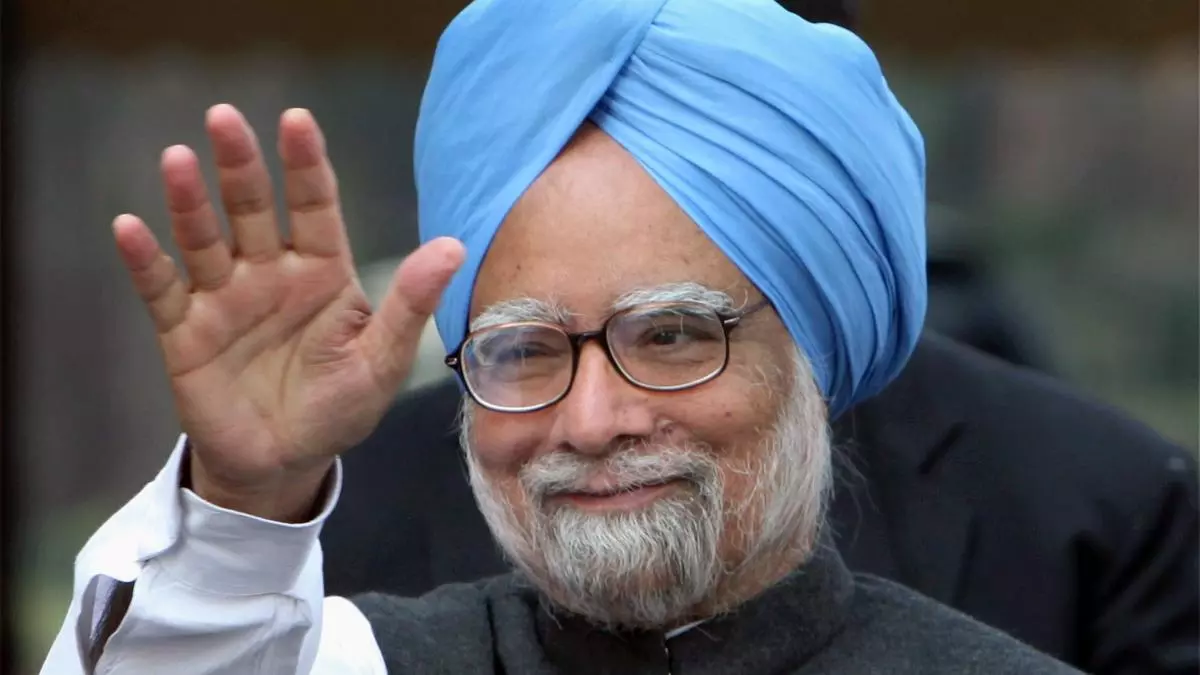Intelligentsia has been perceiving micro finance institutions (MFIs) in myriad ways. An anecdote sums this up. In the midst of the second MFI crisis, I received a call, asking for my immediate presence from a very senior minister’s office.
“Why shouldn’t our State pass an ordinance on MFIs?” was the first question. I paused, sensing palpable tension in the office, and carefully explained how the ordinance would cut money supply to the most vulnerable and underserved and increase money lending rates. I also said that quick fixes were not sustainable and governance issues needed to be dealt with accordingly.
A collateral-free loan given to a household with annual household income up to ₹3,00,000 is defined as microfinance loan. Formal microfinance began with the Self-Help Group Bank Linkage Programme (SHG-BLP: 1992), where informal groups (10-15 women) are formally linked to banks through micro savings and loans, based on their regular meetings, savings and group-coherence. The primary objective of microfinance is to ‘provide access to formal finance’ (which it still is).
India has 144 lakh SHGs, linked to banks, through SB accounts. Seventy-seven lakh SHGs (53 per cent) received loans, with outstandings at ₹2,59,664 crore. Average per member loan is about ₹22,300 even after three decades (Southern region: ₹35,400). Loan tenor is about 12 months and NPA at 2 per cent.
SHG-BLP performed well, in providing financial access, wherever State governments took interest and worked closely with banks. Granular numbers (southern region) demonstrate this. About 11.5 crore women received these micro loans. SHG-BLP is primarily supported by banks, under the auspices of National Rural Livelihood Mission.
Microloans are also given by NBFC-MFIs (40 per cent), banks (33 per cent), SFBs (17 per cent) and NBFCs (10 per cent), through joint liability groups (about five members). MFIs became an important player since mid-1990s. This sector has about 16 crore loan accounts, 8.7 crore unique clients, with outstandings of ₹4.4 lakh crore. Average loan size is ₹40,000 and tenor 12-18 months. NPAs widely vary; NBFCs (3.03 per cent), NBFC-MFIs (6.31 per cent), banks (11.76 per cent), SFBs (16.72 per cent).
There have been several unpleasant episodes across the country involving MFIs. ‘Unfriendly behaviour’ and usurious rates are cited as problems. The following questions may help us understand this episodic outcry better. The big picture, being discussed is microloans aggregating to about ₹7lakh crore (4 per cent of bank’s gross loans) to 20 crore women.
(i) Can this loan (₹22,000/₹40,000) seed an enterprise?
(ii) Isn’t this financial access/working capital loans?
(iii) Why SHG-BLP’s loan size is still ₹22000?
(iv) Why are poor taking loans in successive cycles from MFIs, if they are usurious and abusive?
(v) Are SHG loans for compliance and MFI loans for business?
(vi) Do banks prefer lending to MFIs because it is in bulk and priority sector lending vs small loans to SHGs?
(vii) Can/should banks replace MFIs?
(viii) What about the ‘counterfactual’-rise of money lenders, if MFIs stop operations?
(ix) Can/should we make money lenders extinct with the Banning of Unregulated Lending Activities Bill?
(x) What is usurious lending rate? Loan size, tenor, interest rates go together in microfinance and access at doorstep matters most.
While RBI has progressive guidelines, it had to crack the whip because of some errant MFIs, with lax governance standards. RBI can bar those executives and boards in seriously errant MFIs from public roles.
The MFI fraternity must internalise that; they are capillaries of informal economy and they have touched a minuscule population! Yet, they contributed about 130 lakh jobs (NCAER:2021). MFIs have become the alternative to exploitative informal finance; if we need them to lower interest rates, we should offer low cost finance to them.
Incidentally MFIs borrow from banks (60 per cent), DFIs (13 per cent), and NBFCs (9 per cent) at interest rates ranging between 13-16 per cent. This is too easily overlooked.
The writer is former deputy managing director, NABARD. Views are personal








Leave a Comment